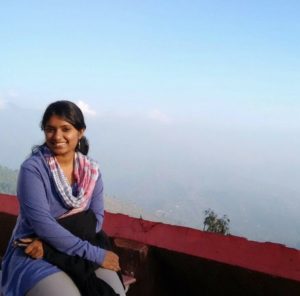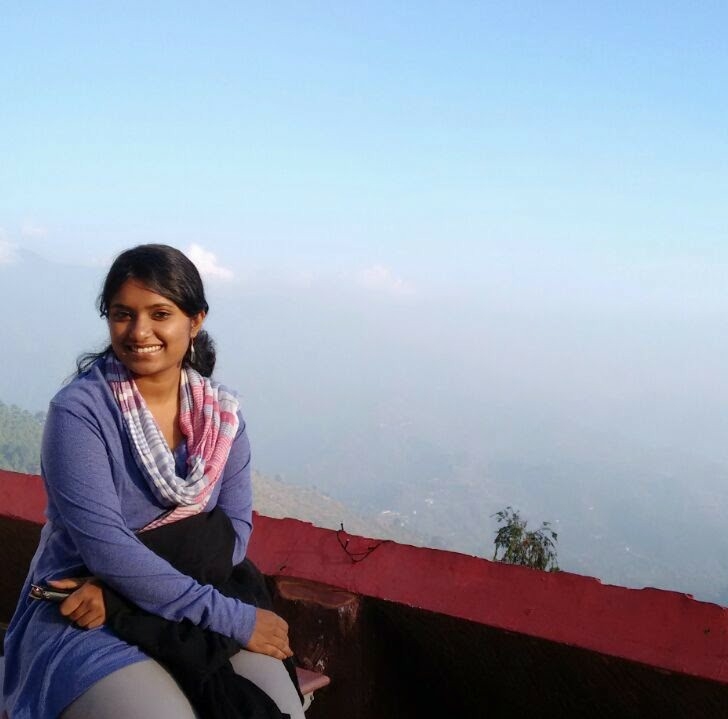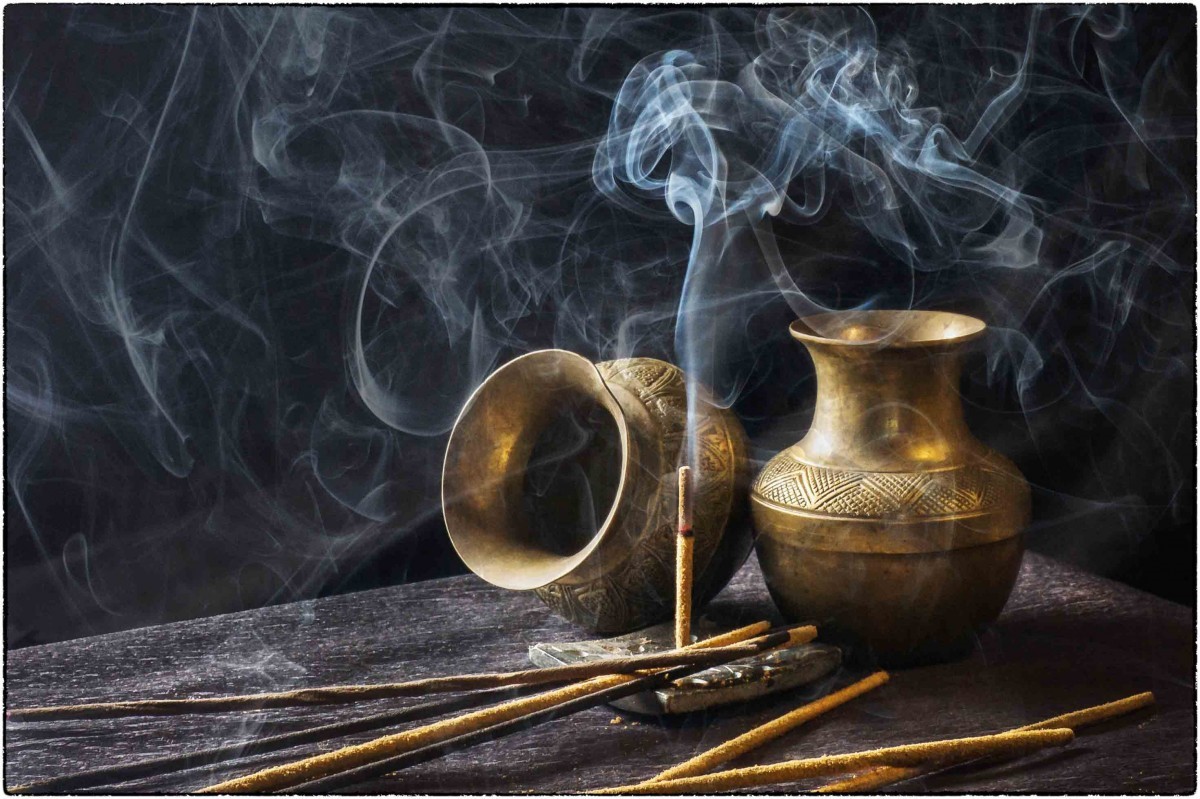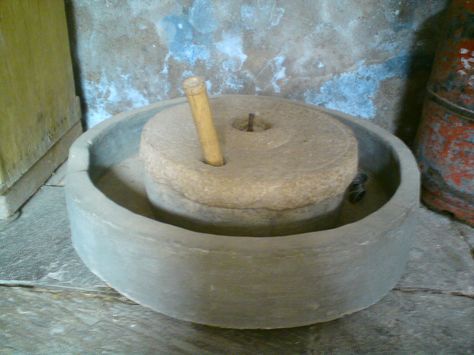Pradnya Jadhav
 As a student of social science, I often find myself in situations where something that I am asked to study directly conflicts with what I know. Here are two typical dilemmas I face as a researcher, woman, and dalit.
As a student of social science, I often find myself in situations where something that I am asked to study directly conflicts with what I know. Here are two typical dilemmas I face as a researcher, woman, and dalit.
One is the question of feminism and Dalit Bahujan women.
It is imperative to see whether Dalit Bahujan women have direct interactions with Savarna women? In what spheres does the interaction take place? What relations do they share with each other? How does it contribute to the shaping of the worldviews about– Feminism, social locations, shared interests, being conscious about own standpoint, class difference etc. Do these questions have any implications for the formulation of feminist ideas of different kinds?
These questions are a matter of constant botheration; particularly in the attempt to define what feminism in general, and Dalit feminism in particular, could really mean? As a community worker in those days, organising the meetings with Dalit Bahujan women labourers and home makers was the most challenging task I have performed. There would be some logistic considerations– you need to be very particular about deciding the timings and venue of such meetings, usually, the ideal time is the evening. The resource person ideally should be a woman– who needs to pick the tone of the target* audience and convey the information, so that she is accepted. What are these meetings for? To orient the Dalit Bahujan women about their own plight, their lives as women, to tell them they should not suffer domestic violence, their issues of wages etc…
And each time I failed miserably. Because these women would be quite disinterested in learning what their plight is. They would say who else can know better than them about what they endure in their lives? So why do they need someone who they don’t know, who is not someone like them, someone from amongst them? Who is only able to copy the tone of their language and not their social location?
Who is supposed to be the resource person here? Guessing might not be difficult.
When feedback is taken, these women state their discomfort in having to discuss, listen to the things which they see as juvenile to their existence, all the more these meetings disturb their evening schedule, the only few hours of their daily routine when they relax.
These meetings are a classic example of how the interaction between Dalit Bahujan and Savarna women could be seen, it is always between those standing at two extremes. It is never between the two equals, these interactions exhibit the absolute power positions of those who think they can organise the Dalit Bahujan women. This endeavour of convincing the women to attend the meetings, taking constant follow up would be extremely tiresome. It used to be literally a circus– the anticipated outcome would be to make these women aware of their rights – I hated being an external mediator there!
How is it possible that a hostile environment such as this could ever provide scope for emancipation? Why would they care so less about their lives?
Granting no right for self-determination to these women—how does it become a feminist intervention? Is there any feminist framework in place to unfold this complex reality?
~~
The second question that would put me in a dilemma during these survey exercises is the usage of the term Dalit.
In social sciences, the relation between the “Dalit” and “Rural India” is defined as two interdependent units, it generally follows a typical framework of ‘defining the problems of Dalits.’ It is a social science obsession to connect rural India with caste realities in relation to the word “Dalit” and come up with some bland formulations.
Rural India- what is it? The rural has a few well-defined features to it. It’s a space with clear demarcation based on caste (boundaries), the house settlement pattern is a concentration of people belonging to specific castes. Is it different from what we see in urban spaces? The power institutions are situated in the savarna populated locations. These institutions are many, the local governing bodies, educational institutions, places of worship-the sacred ones, community halls and so on.
What do the surveys aim to study? ‘Labour-relations’ is the most favoured framework. It stands out as the most reliable, and readily accessible frame through which to study the caste relations, gender, and class difference. Labour for all purposes is different Dalit Bahujan castes who toil in the fields– they are known as mahars, mangs, chambhars, pardhis, dombaris etc. The labourers know each other by their caste, in their conversations they address each other by “ti maharachi baai” (that mahar woman), “ti mangachi baai” (that matanga woman). For them the ground of commonness is their identity as “women”, their solidarity could be formed on how they are treated in the fields, how much they earn? The word caste, its names, have not disappeared from their day to day conversations, it is rather how they know each other, for them it is a different context.
So how do social science academics conclude defining all of them as “Dalits”?


